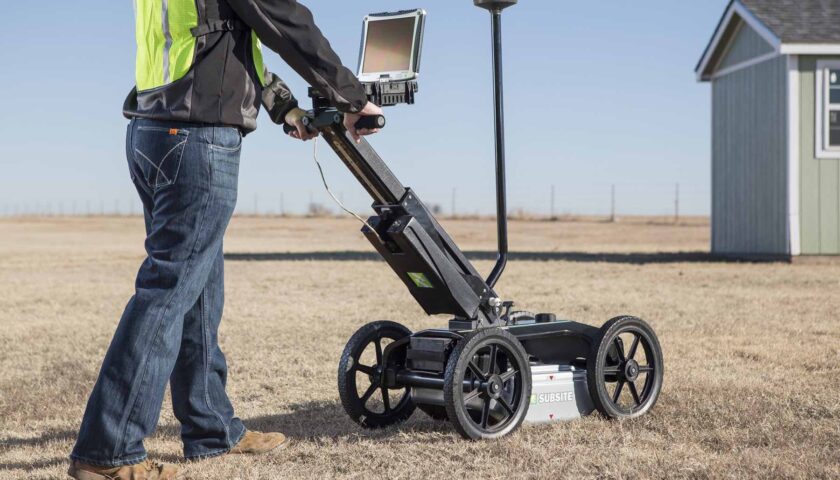In the rapidly evolving landscape of office design and sustainability, creating a green workplace has become a paramount goal for many businesses. As sustainability takes center stage, various elements of office design are being reevaluated, including the often overlooked but significant feature—office carpets. This article delves into the realm of eco-friendly office carpets, exploring their environmental benefits, sustainable production methods, and how they contribute to a greener, healthier, and more sustainable workplace.
The Green Imperative: Understanding Sustainable Choices:
Sustainability has transitioned from a buzzword to a critical business strategy. The urgency to address climate change and reduce environmental impact has led businesses to examine every facet of their operations, including the materials and products used in their office spaces. As employees spend a significant portion of their day in the office, ensuring that the workspace aligns with sustainable practices is essential. Office carpets, being a fundamental element of interior design, offer a significant opportunity to make an eco-friendly choice.
Eco-Friendly Carpets: A Paradigm Shift in Office Flooring:
Traditional carpets often involve the use of synthetic materials derived from petrochemicals. These materials have substantial environmental implications, including high carbon footprints and non-biodegradability. On the other hand, eco-friendly office carpets embrace sustainable materials and production processes, aiming to minimize environmental impact throughout their lifecycle.
Sustainable Materials: Natural Fibers Leading the Way:
One of the hallmarks of eco-friendly office carpets is the use of sustainable and natural fibers. Materials such as wool, jute, sisal, seagrass, and recycled nylon are popular choices. These materials are renewable, biodegradable, and often locally sourced, reducing the carbon footprint associated with transportation.
- Wool: Sourced from sheep, wool is a durable and sustainable natural fiber. Sheep produce wool annually, making it a rapidly renewable resource. Wool carpets offer excellent thermal insulation, absorb indoor air pollutants, and are biodegradable at the end of their life cycle.
- Jute, Sisal, and Seagrass: These plant-based fibers are often used in carpet production due to their sustainable nature. They require fewer pesticides and fertilizers compared to conventional crops, making them environmentally friendly choices. Jute, sisal, and seagrass carpets are biodegradable and contribute to healthier indoor air quality.
- Recycled Nylon: Recycling materials like nylon for carpet production reduces the demand for virgin resources and diverts waste from landfills. Recycled nylon office carpets exhibit similar durability and performance characteristics to those made from virgin nylon, offering a more sustainable alternative.
Sustainable Production Processes: A Commitment to Reduce Environmental Impact:
Apart from using sustainable materials, eco-friendly office carpets are manufactured using processes that minimize their environmental footprint. These processes include water and energy conservation, responsible dyeing techniques, and waste reduction.
- Water and Energy Conservation: Sustainable manufacturers prioritize reducing water and energy consumption during carpet production. Implementing efficient production techniques and utilizing renewable energy sources contribute to significant reductions in the overall environmental impact of the carpet.
- Low-Impact Dyeing: Eco-friendly carpets often utilize low-impact or natural dyes that are free from harmful chemicals and heavy metals. These dyes are biodegradable and minimize water pollution during the dyeing process.
- Waste Reduction and Recycling: Responsible manufacturers aim to reduce waste by optimizing material usage during production. Additionally, many are committed to recycling waste materials, ensuring that scraps and unused components are repurposed, reducing the amount of waste that ends up in landfills.
Health Benefits of Eco-Friendly Office Carpets:
Aside from their environmental advantages, eco-friendly office carpets also contribute to a healthier indoor environment. Conventional carpets can harbor dust, allergens, and volatile organic compounds (VOCs) that can affect indoor air quality and overall well-being. Eco-friendly carpets, often made from natural materials and using low-VOC adhesives, contribute to better air quality, reducing the risk of allergies and respiratory issues among office occupants.
Life Cycle Assessment: Gauging Environmental Impact:
A comprehensive evaluation of the environmental impact of any product involves considering its entire life cycle. Life Cycle Assessment (LCA) is a valuable tool that assesses the environmental impact of a product from the extraction of raw materials to its disposal. For eco-friendly office carpets, LCA often reveals a significantly lower carbon footprint and reduced environmental burdens compared to traditional carpets.
The Influence of Certifications: Recognizing Sustainable Excellence:
Various certifications and labels are available to help identify and differentiate eco-friendly office carpets. These certifications, such as Cradle to Cradle, Green Label Plus, and Ecolabel, provide assurance that the carpet meets specific environmental and sustainability criteria.
- Cradle to Cradle Certification: This rigorous certification evaluates products based on material health, material reutilization, renewable energy use, water stewardship, and social fairness. Carpets achieving this certification signify a commitment to sustainability at every stage of their life cycle.
- Green Label Plus: Granted by the Carpet and Rug Institute, this certification ensures that carpets and adhesives meet stringent indoor air quality standards, promoting healthier indoor environments.
- Ecolabel Certification: The Ecolabel is awarded to products meeting certain environmental performance criteria, including reduced environmental impact and resource use during their life cycle.
Designing a Greener Workplace with Eco-Friendly Carpets:
Incorporating eco-friendly office carpets into the design of a workspace involves a thoughtful approach that considers sustainability, functionality, and aesthetics. Here are some considerations:
- Color and Design: Choose carpet colors and designs that complement your office’s design aesthetic while minimizing the need for frequent replacements, thus reducing waste.
- Carpet Tiles: Consider using carpet tiles. They are easy to replace or repair, extending the carpet’s life and reducing overall waste.
- Proper Installation and Maintenance: Ensure proper installation and regular maintenance to maximize the longevity of the carpet, minimizing the need for replacements.
Cost Considerations: Balancing Sustainability and Budget:
While eco-friendly office carpets may have a slightly higher upfront cost due to the quality of sustainable materials and manufacturing processes, the long-term benefits outweigh the initial investment. Reduced maintenance, improved longevity, and lower environmental impact contribute to cost savings over the life cycle of the carpet.
Making a Difference: Individual and Collective Responsibility:
Choosing eco-friendly office carpets is a step toward a greener workplace, and ultimately, a greener planet. By making sustainable choices, businesses collectively contribute to a more sustainable future. Furthermore, educating employees about the environmental benefits of these choices encourages a culture of sustainability within the organization.
Conclusion: Sowing the Seeds of Sustainability:
Eco-friendly office carpets epitomize the fusion of style, functionality, and sustainability. They represent a conscious choice toward reducing environmental impact without compromising on aesthetics or performance. As businesses increasingly embrace sustainability as a core value, the demand for such eco-conscious solutions will continue to rise. By opting for these sustainable floor coverings, businesses are not only investing in the health of their employees and the longevity of their workspace but also in a brighter, greener future for all.





